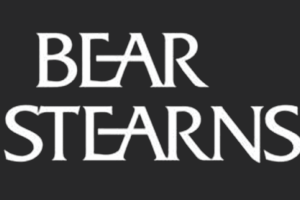Trends in consumer sentiment and unemployment rates reveal instructive parallels. The synchrony highlights their insight for signaling turning points in economic cycles.
Since the 1960s, University of Michigan’s consumer sentiment index has tracked views on personal finances and broader conditions. It provides a real-time read on household moods.
Likewise, monthly unemployment figures reflect labor market health. The data indicates the ease of finding jobs during different phases of expansion and contraction.
Reviewing the two measures shows sentiment often declines ahead of upticks in unemployment. Souring optimism serves as an early warning of conditions that soon diminish hiring.
This pattern played out ahead of recessions in 1969-70, 1973-75, 1980, 1981-82, 1990-91, 2001 and 2007-09. Sentiment nosedived first, signaling impending jumps in joblessness.
Today consumer morale is plunging again as unemployment remains low. If the relationship holds, rising layoffs may follow. The non-alignment likely cannot persist for long.
Inflation and policy tightening weigh heavily on outlooks. Eventually the eroding confidence appears set to materialize in real deterioration of labor markets.
Sentiment and unemployment rates rarely disconnect for extended periods. Their tandem signaling provides an insightful check on inflection points. Heed when attitudes start souring.






Add Comment